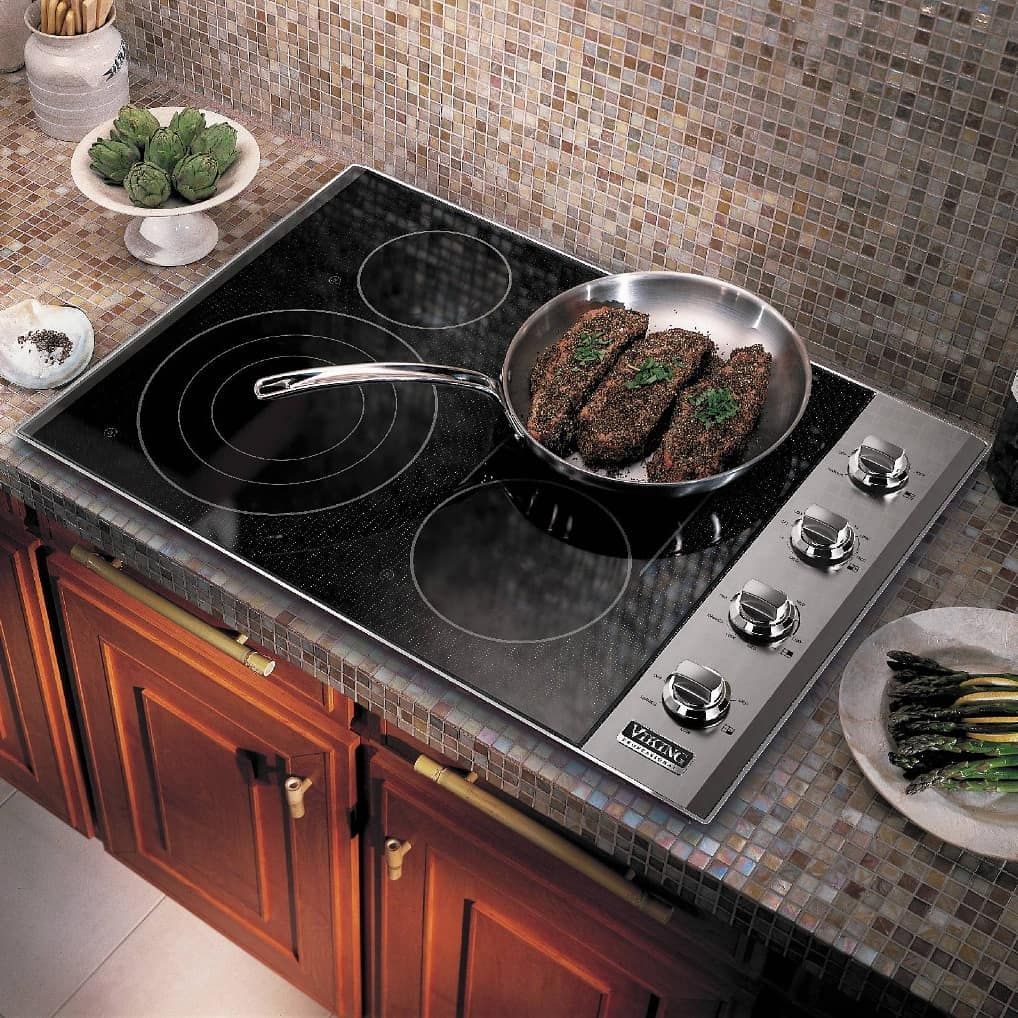
Stove and oven technology is advancing at a blinding speed, forcing many stove repair technicians to scramble to keep up. Indeed, the speed at which technology is advancing makes it hard to find two models that are alike, which in turn makes prescribing broad repair tips tricky. Unless you buy two appliances from the same reseller at the same time, it can be tough to find ranges that look and operate the same.
If you want to try your hand at a Thermador, Kenmore, or Viking stove repair, focusing on model-specific details isn’t the way to go. Instead, it’s best to develop a broader understanding of oven and stove range technology. In this way, your DIY repair knowledge will be much for versatile; you’ll be able to handle a Thermador, Kenmore, or Viking stove repair without issue.
Understanding Electric Range Technology – The Fundamentals
Electric stovetops have two common styles of heating elements: conventional or radiant coils. Each element is controlled by its own switch. With conventional coils, the heating process is as follows: The stovetop operates using 240 volts of alternating current through two legs of voltage, each carrying 120 volts. When the selector knob is turned to a heat setting, the switch allows each leg of the voltage to travel into one side of the element. When the voltage reaches the heating element, the surface glows and the element produces heat. The heat is regulated by the control switch; when the element reaches its desired temperature, the control switch shuts off the voltage. This cycle recurs throughout the cooking process so that the proper cooking temperature can be maintained. Radiant coils have a built-in limiter that monitors the stove top’s surface temperature. This can cause the element to cycle on and off more frequently during the cooking process, as compared to a conventional coil.Common Problems with Electric Stovetops
- Elements not heating, heating intermittently, or overheating. If your element is not heating properly, you should test it for continuity to determine whether a continual current is present. If it does have continuity, you should check the control switch, as it may need to be replaced.
- If none of the elements are heating, your appliance is probably not receiving significant voltage. Check the outlet with a voltage meter.
- Intermittent heating should prompt you to check for corrosion. Remove the element and check where the element terminals connect with the receptacle.
- If you notice signs of overheating, the problem is likely to do with your control switch. It may be defective and in need of replacement.